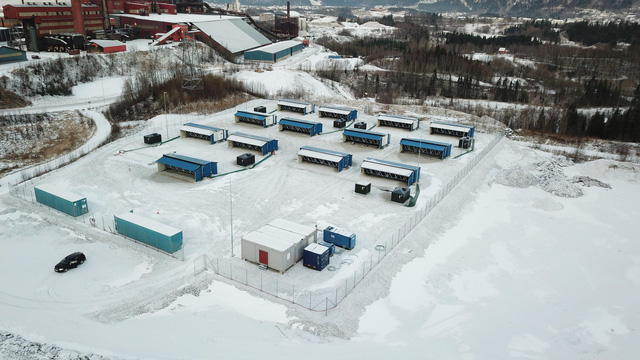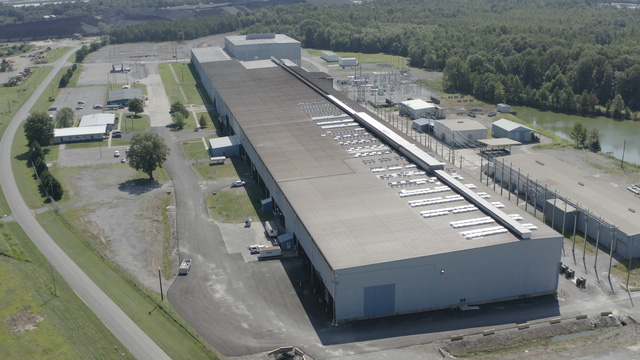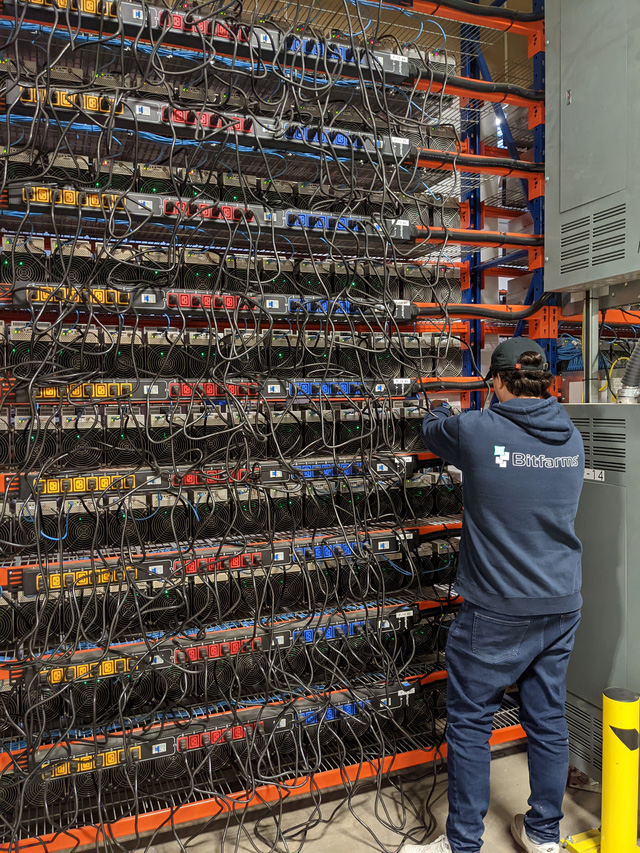Banish Bitcoin – China’s ‘trillion dollar gift’ to the US
When China banned bitcoin mining last May, it gave the US a “trillion dollar gift”, as one mining company executive put it. But the most important thing, perhaps, is the fact that cryptocurrency miners, especially those listed in the US, Canada and parts of Europe, are presiding over a wave of green change. and with more innovative ways to use energy for cryptocurrency mining.
With a mix of renewables, many crypto miners are becoming more adept at balancing the load demand on power grids, while energy giants like Exxon currently exploring new models, like testing the use of wasted gas from oil wells in North Dakota to power bitcoin mining operations.
While this transformation is happening rapidly, it cannot be fast enough to change the image of the Bitcoin mining industry, which is seen as “dirty” in the minds of lawmakers and the general public. .
Environmental, social, and governance pressures on the energy use of cryptocurrency mining are increasing, both from the administrations of the US President and the European Union, with the recent deliberation about the proof-of-work (PoW) mining ban. This concern has also emerged in the form of proposed rules that would allow the US Securities and Exchange Commission to gain insight into the carbon footprints of listed companies.

A Bitfury mine in Mo i Rana, Norway. This mining area is powered by 90% of energy by hydroelectricity and employs 5 local people.
New value of bitcoin
And in fact the “greener bitcoin mining” story goes back a decade, when North America was just a small part of the global bitcoin mining map.
For those at the forefront of the cryptosphere, sustainable energy improvement is simply locating mining operations in places where there is a surplus of renewable energy. It could be parts of Canada where there is a lot of hydroelectricity or more recently places like Texas with a lot of wind and sun.
In such places, the production of renewable energy is sometimes limited because there are too many problems causing congestion on the power lines from there to urban centers. So there is a need for locally loaded components like bitcoin mining rigs, which will act as some sort of safety valve when power gets stuck that would otherwise go to waste.
“When you’re closer to renewable energy sources, you have better access to them. That’s just a fact.” Peter Wall, CEO of Argo Blockchain (ARBK), a crypto-mining company based on hydroelectricity, founded initially in Quebec (Canada) and now doing business in Texas, said.
Of course, to be powered by renewable energy, Argo will also have to shut down the system at times when the grid requires a lot of electricity to serve the community, for example to heat homes in the winter or cool. them in the summer.
“If you opt-in to be a flexible load provider, i.e., are required to shut down, the Texas grid will lower your electricity price and will pay you back for that shortfall like a factory. virtual electricity”, Wall shared. And this, he says, is economically beneficial for the grid because it keeps the cost of electricity lower for everyone.

Core Scientific’s mining facility in Calvert, Kentucky, USA.
Core Scientific (CORZ), another American crypto mining giant, has released monthly reports detailing how much energy is being returned to the grid in times of need.
“We have agreements with communities. When the grid needs it, we’ll cut it.” Core Scientific CEO Mike Levitt said in an interview. “If we get a call from one of the utility companies in the geographic area where we operate, that they need 30 megawatts between two and five o’clock today, we’ll put the system on standby. break and it’s as simple as a click of a button because we have a piece of software that manages over 160,000 mining rigs.”
Last month, Core powered off in two different scenarios, saving a total of 4,400 megawatt-hours.
“Our industry really can legally, efficiently and uniquely release energy use into the grid. It’s almost as if we’re acting like a battery.”, Levitt said. It is often not recognized, he adds, that power companies often have to rely on old, dirty and expensive power plants during times of high demand. But that is no longer necessary.
There is, of course, a tacit understanding that when China controls the majority of the global bitcoin mining market, such transparent arrangements simply do not exist. Because it needs companies to be accountable for their work publicly. But China’s bitcoin ban changed everything.
“China’s ban leading to degraded mining infrastructure is a gift worth trillions of dollars to the US,” Core Scientific co-founder, Darin Feinstein, said. “I’m sure the Chinese people will question the wisdom of banning one of the greatest innovations in the history of finance, economics and accounting.”

Inside a bitcoin mining pool.
What’s coming?
Mining company Marathon (MARA) also echoed Core Scientific’s stance on China and pointed to the rapid change in the use of renewable energy for bitcoin mining over the past year.
“One of the reasons that so many mining industries moved to North America when China banned bitcoin mining is because people have woken up to the fact that there is a lot of excess energy in the US.”said Charlie Schumacher, Marathon’s Vice President of Corporate Communications.
According to the Bitcoin Mining Council, bitcoin mining has grown from 37% powered by sustainable energy to 59%. The Bitcoin Mining Council is an industry organization composed of major bitcoin miners such as MicroStrategy (MSTR). And as Schumacher pointed out, this doesn’t include any carbon offsets.
Schumacher says: “I don’t know of any other industry that is improving its strength so quickly.”
In the future, bitcoin could also play an important role in transforming the energy grid to become more decentralized, Schumacher said. Because community-based renewable energy projects can use bitcoin mining to become more economically efficient, with storage capacity.
Another interesting trend will be electric companies becoming bitcoin miners in the future, which is being talked about right now and will most likely happen through joint ventures, according to Schumacher.
“Electricity companies own the largest input costs, and electricity also accounts for 70% of the input costs for bitcoin mining.” he said. “If you sell excess electricity to a bitcoin mining company, the fee is usually around 3 cents per kilowatt-hour. But if the power companies own 100% of the bitcoin mining, at today’s prices, the figure will come in at 35-40 cents per kilowatt-hour.”
An unnamed source said that some power companies joined speculation in this direction in 2017 when the price of bitcoin spiked, but most found that the infrastructure requirements made things too much. difficult to proceed. However, future joint ventures will make projects like this easier.
Refer coindesk
at Blogtuan.info – Source: genk.vn – Read the original article here


